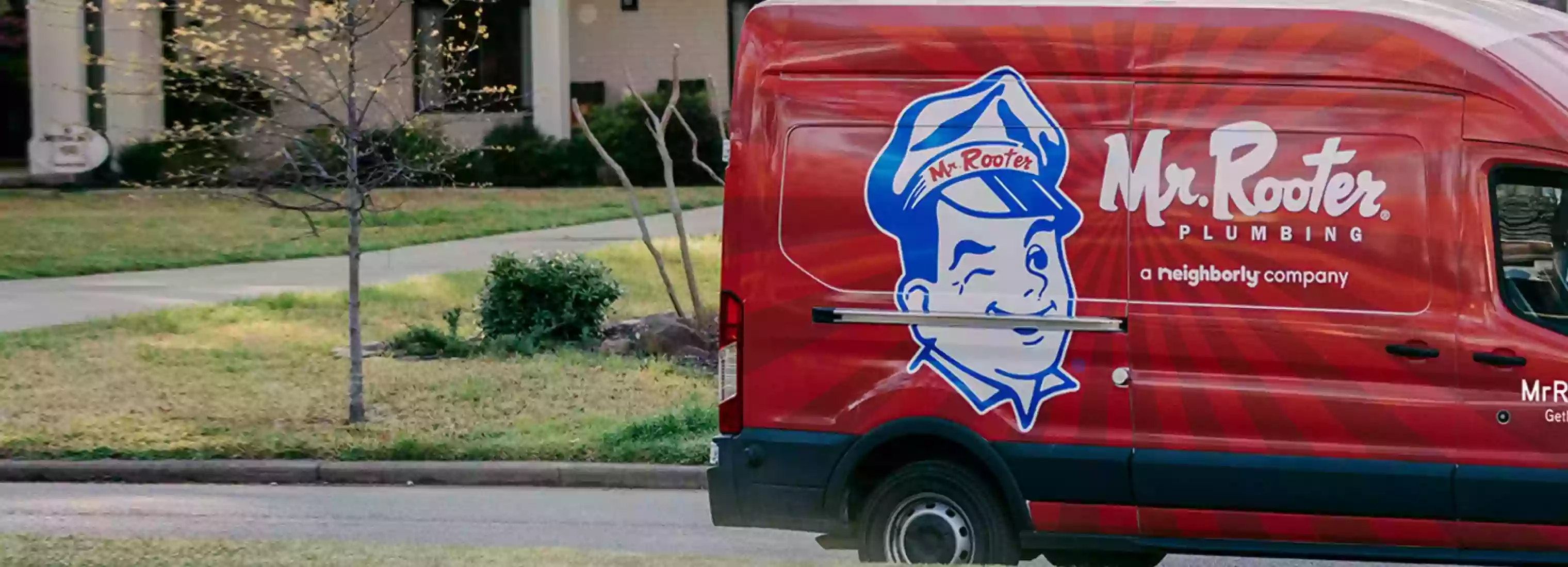How to Remove a Toilet Flange
We are all aware of how important toilets are for our daily lives. But people tend to take them for granted until they fail. Once that happens, you'll quickly be reminded just how vital a toilet is to a well-functioning home, especially in a single-bathroom dwelling.
One of the most common issues that can lead to a broken toilet is an aging toilet flange. In this guide, we'll explain how to remove a toilet flange and replace it with a new one.
What is a Toilet Flange?
A toilet flange is a circular device that nestles into the hole in the floor beneath a toilet. Toilet flanges serve two important roles: (1) they link your toilet bowl with wastewater lines and (2) anchor the entire fixture to the floor. They are typically topped with a wax ring that blocks sewer smells and prevents water leaks.
8 Steps to Remove a Toilet Flange
Most homeowners can pull off a successful toilet flange removal project, though it's a bit more complicated than your average DIY project. Here's how to remove a toilet flange:
- Gather your supplies. Make sure you have gloves, screwdrivers, adjustable wrenches, pliers, towers, and a shop vac. It’s also good to have a helper on hand.
- Turn off the water supply by rotating the water supply knob behind the toilet in a clockwise direction.
- Empty the toilet by flushing it repeatedly until the bowl and tank are empty. You'll need to sponge out any water left in the bottom of the bowl and tank.
- Disconnect the toilet from the floor by removing the nuts from either side of the toilet with an adjustable wrench.
- With the help of a friend, gently rock the toilet back and forth to break the wax seal; then, carefully lift the toilet straight up. Move it out of the way. Be careful, as moving the toilet is often the most difficult part of the process due to its weight and odd shape.
- Use a putty knife to remove the wax seal of the flange from the floor and the underside of the toilet. Plan on replacing this with a new seal; you can choose another wax seal or opt for a new waxless option.
- Remove the toilet flange by unscrewing it from the floor. If the screws are in good condition, save them. You may need to pry out pieces of the old flange with a chisel and hammer. If the flange is stubborn, you can cut it into pieces with a Dremel tool. Once you have successfully removed the flange, use a shop vac and an old rag to clean debris from the area.
- Put the old flange in a plastic bag and take it to the hardware store to help you choose the right replacement flange size.
When Should You Replace a Toilet Flange?
To determine if your toilet flange needs replacement, look out for three signs:
- The smell of sewer gases: A distinct sewage smell near your toilet could indicate a broken flange or wax ring.
- A rocking toilet: Your toilet shouldn't wobble like a table at a diner. If the toilet rocks, the flange is likely broken, and you should stop using it immediately, as the rocking could crack the toilet itself.
- Water pooling at the toilet base: If you notice water around the toilet's base, it could be due to a leaking flange or a broken wax ring.
Toilet Flange Removal FAQs
Should you repair or replace a toilet flange?
When it comes to toilet flanges, understanding whether to repair or replace them can save you time and money. Using the following information can help you choose between repair and replacement options:
Signs of a damaged flange
Common signs of a damaged flange include leaking around the base of the toilet, wobbling, or uneven seating. If you notice any of these issues, it's time to take action.
When to repair a flange
If the flange is slightly damaged or loose, repair might be an option. This involves removing the toilet, inspecting and assessing the flange, repairing any cracks or breaks, and reinstalling the toilet.
When to replace a toilet flange
If the flange is severely damaged, corroded, or made from incompatible materials, it's best to replace it. This ensures a long-lasting and reliable solution.
When to hire a professional
Homeowners can usually complete simple repairs like tightening loose screws or replacing damaged wax rings. However, flange replacement is a more intricate task that requires plumbing expertise.
How to choose the correct flange
When replacing a flange, it's crucial to select the correct type and size to match your existing plumbing system. Consult with a professional if you are unsure.
Toilet Installation Professionals
Replacing a toilet flange often requires considerable effort and dedication, and calling in experts can make the process simpler. At Mr. Rooter Plumbing, professional plumbers are ready and waiting to quickly and efficiently resolve your broken toilet flange issues. Give us a call now or request a quote for toilet flange removal and replacement, toilet installation, and more!
 Click to call
Click to call


